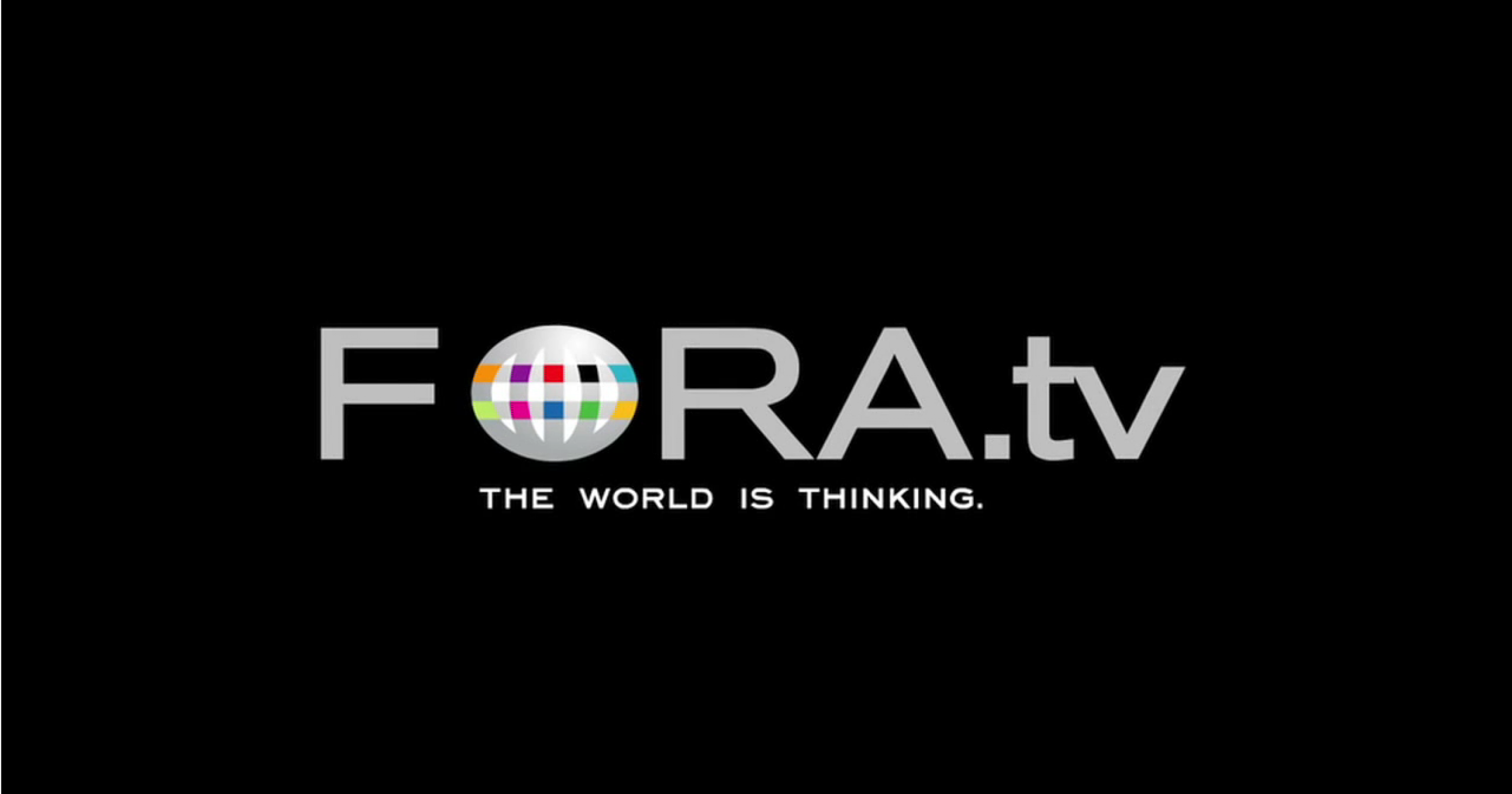Why should there be another article about change, especially cultural change? There have already been endless books, talks and research papers on this subject. Moreover, nearly every executive is or has been leading or is a part of major transformation efforts. So what is new?
Well, we believe there are at least three reasons to take another look at cultural change. First, change is becoming the new normal. Second, acknowledging the low success rate of cultural transformations, there is much room for improvement. Third, there is a vast amount of new and exciting research that hasn’t yet been integrated into change approaches. Therefore, we want to provide four thought-provoking springboards about cultural transformation.
A new reality requires a shift in our thinking about cultural transformation
We live in restless times – stock markets and political agendas are volatile and unpredictable, new disruptive technologies are emerging daily, and the complexity of our globalized, connected world seems impossible to understand. For many, the world feels more and more VUCA – a term that originated in the US military to describe the world after the fall of the Soviet Union: Volatile, Uncertain, Complex and Ambiguous. In such a world, excelling at adaption and change is becoming even more critical than before.
This challenges many companies in their core. Most organizations have been struggling with large-scale transformations. Roughly 50 to 70% of all transformations fail – and this in times where change is becoming the norm.
Something seems to be inherently flawed in the way we approach cultural change. And new scientific insights are giving us ideas as to how we could become better at it. So what are they?
- Positive Psychology, i.e. the scientific study of the conditions and factors that enable individuals and communities to thrive, lead fulfilled lives and cultivate what is best within themselves (Martin Seligman, Mihaly Csikszentmihalyi, Barbara Fredrickson)
- Behavioral Economics, including the research of the Nobel laureates Daniel Kahneman on cognitive biases (systemic errors in human perception and decision-making leading to objectively suboptimal decisions) and Richard Thaler on nudges (the impact of small, subconscious contextual changes on human behavior)
- Neuropsychology, including the better understanding of emotional intelligence, empathy and perception through the work of researchers such as Antonio Damasio and Jon Kabat-Zinn
- System Theory, including our better understanding of complex (biological) systems through computer simulations and the impact of small, simple rules and interventions (e.g. Donald Sull, Kathleen Eisenhardt)
Organizational culture – How things are done around here
Besides not building on new scientific research, another challenge to cultural change in organizations is an unclear, often fuzzy understanding of culture. So what do we actually mean when we talk about culture? In the simplest and most pragmatic way, culture is “the way things are done around here”. This includes how people are hired, how projects are managed, how performance is assessed, but also very simply how employees walk, talk and work together in the office. Clearly, many visible and invisible facets of an organization and its employees shape this behavior including strategy, structure and processes, but also the goals, values, aspirations, mindsets and fears of everybody in the organization. Therefore, culture is the result of the complex interaction of all these aspects and is independent of the behavior of individual actors - see a famous experiment on how systems work:
What Can Five Wet Monkeys Teach Us About Creativity?
Given the above insights, we want to shift the way we think about organizational change by presenting four springboards to address in cultural change. These can be thought of as the steps in any cultural change:
Setting the goal
Engaging employees
Enabling new behaviors
Making sure the new behaviors stick
Setting the goal: See things from the crow’s nest, not the burning platform
In traditional change management theory, a “burning platform” was key for the success of any change effort. This meant that every change process had to create urgency and significance by painting a dark, menacing picture of the future if the change process is not successful.
However, the research indicates that in complex working environments such as today’s knowledge economy, fear and narrow goal-setting reduce the commitment, creativity and ultimately effectiveness of employees. This is especially the case when the tasks are ambiguous, without clear best solutions, and the competency of employees is highly specialized.
With the idea of the “Appreciative Inquiry”, positive psychology introduced another way of thinking. By imaging an aspired future state, employees develop options and possible actions to take. This is also closely aligned with the famous goal-setting frame OKR (Objective and Key Results) used by companies such as Intel, Google and LinkedIn. The basic idea is that of working with a jointly defined aspiration of where you want to go, and giving employees more freedom in ways of achieving this. In such environments, the role of top leadership and managers moves towards removing obstacles, as well as providing mentoring and coaching.
Engage employees: Follow the bright minds, not the crowd
How much time do you need to invest in training? How many people do you need to change the behavior of a group? Can you make 20,000 people dance in a choreographed way with only 20 professional dancers? If you are skeptical – let Oprah and the Black Eyed Peas state their case:
Black Eyed Peas - I Gotta Feeling (live with Oprah)
For the largest flash mob in history, 20 professional dancers trained 800 amateurs for one day. Placed strategically in the crowd of 20,000 people attending the opening of the 22nd season of Oprah’s show, they engaged the whole crowd for their dance.
However, how comparable is a 20,000-strong flash mob with organizational change? What can be learnt from dancing with a crowd for a couple of minutes for organizational change?
This inherently contradicts traditional change theory, which requires change to trickle from the top to the bottom of an organization, engaging every single member on its way. In the end, a small minority of passionate, persevering and capable people can engage many more – even if they need to work against resistance and prejudice at first.
For organizational change this means that instead of trying to involve every member of the organization, momentum within your organization can be built up by identifying only a few change champions and giving them the right skills, projects and freedom.
However, keeping up this momentum requires not only the engagement of bright minds, but also deep integration of the new behaviors into the DNA of the organization.
Enable new behaviors: Launch new routines, instead of endless calls to action
How long do New Year’s resolutions endure? How impactful is corporate training? Many people fall back into old behaviors very quickly once they are back into their jobs and daily lives. As behavioral economics and neuropsychology teach us, the larger part of our thinking and behavior is subconscious. Less than 20% of our thoughts are conscious and as little as 50% of our actions are based on conscious decisions.
In his Nobel Prize-winning research, Richard Thaler showed that very small changes to contextual boundaries can have a drastic impact on human behavior. Some examples:
- The consumption of sliced fruit in office canteens can be increased by 30% – just by putting the fruit in glasses instead of white bowls
- The “splash rate” of men using urinals can be reduced by 80% – just by having a picture of a fly at the right spot in the urinal
- The rate of organ donors differs between countries from low double-digits to 90%+ – the only difference is that in the first-mentioned countries you need to agree to be an organ donor, compared to 90%+ in countries where you need to opt out
The surprising fact about these examples is that calls to action remain largely without any impact in these cases – but very small changes to the contextual variables of the situation have a large impact. Therefore, successful change processes must shift contextual variables of the organization, e.g. room layout, furniture, meeting schedules, in order to create new routines rather than endless calls to action.
Make new behavior stick: Adopt trial and error, not a master plan
So far, we have a target, the right people and new behavior – so what’s missing? Many change processes try to find the perfect cascade of interventions and communications to achieve their goal. So is what’s missing a masterplan? Not necessarily. The more complex a system, the more rules and planning are needed – that’s the general assumption, but it’s wrong.
Complex living systems operate with surprisingly few rules. For example: You need only three rules to simulate a swarm of birds (fly in the average direction of the other birds; don’t collide with other birds; and if unsure, fly towards the middle of the swarm). In systems with many agents, relatively simple rules can have highly diverse, unpredictable outcomes.
Simple rules work better in complex systems. And that’s also true of human systems. For example, there is a direct, negative correlation between the complexity of a country’s tax laws and compliance with these laws.
All this leads to one insight: It’s very hard to predict and plan what’s working and happening in a complex system. Ultimately, the only thing that counts is the bottom line, i.e. does the change process achieve the desired change? For this, it’s not important to know why something worked. What’s needed are many small experiments and feedback loops that show what’s working where, and adapting the approach through constant sensing and responding.







